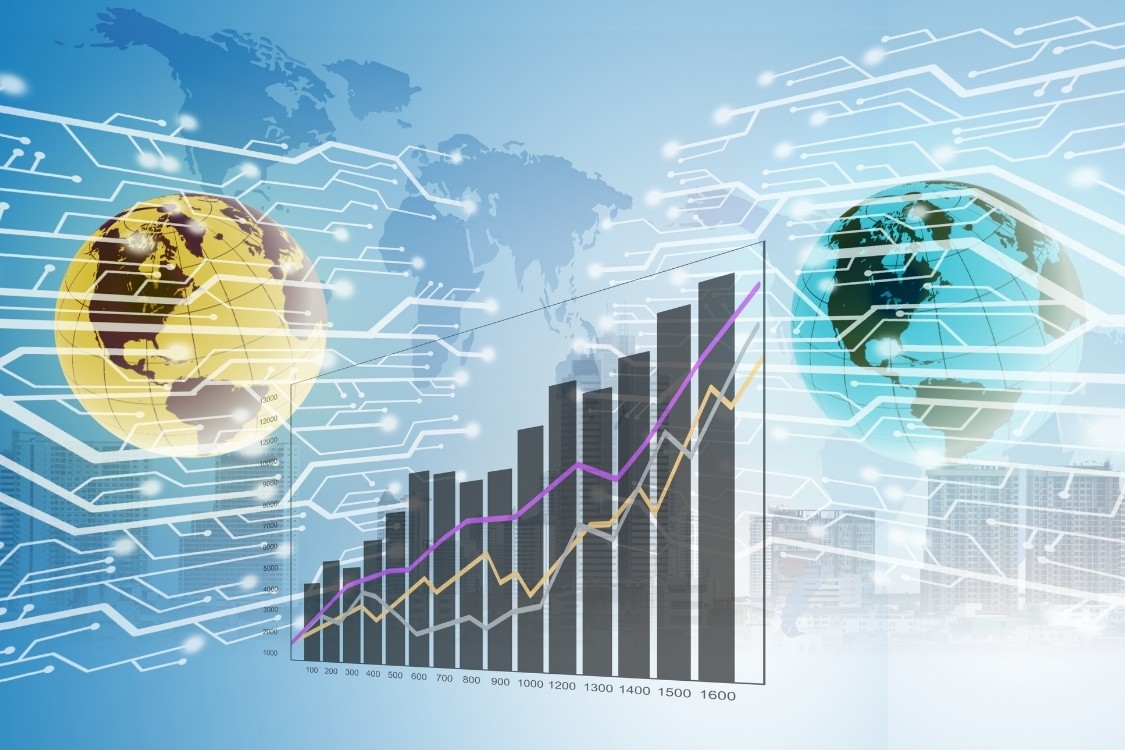Table of Contents
ToggleWhat is a digital asset
A digital asset represents a form of valuable item or a dematerialized ownership right, generally supported by blockchain technology. Unlike traditional assets like stocks or bonds, digital assets are essentially electronic and often traded on online platforms.
Cryptocurrencies are the most common example of digital assets. They rely on cryptographic protocols to secure transactions, control the creation of new units, and verify asset transfers. Bitcoin, Ethereum, and Ripple are among the most well-known.
Other types of digital assets include security tokens (STO), which represent a share of ownership in a financial asset or a company, and utility tokens, which provide access to a product or service within a blockchain project.
Digital assets also include stablecoins, whose value is pegged to a stable asset like fiat currency. These stablecoins aim to reduce the volatility typically associated with cryptocurrencies. They are often used in transactions and for preserving value on decentralized finance (DeFi) platforms.
The tokenization of real assets, such as real estate or artworks, allows these assets to be divided into digital tokens that can then be traded on secondary markets. This opens up new possibilities for investment and portfolio diversification.
The applications of digital assets go beyond simple transactions. Many financial innovations, such as regulatory sandboxes and embedded finance, leverage these assets to offer new financial products and services. This rapid evolution requires in-depth understanding and sharp analysis to anticipate market trends, notably with the help of candlestick charts.
The different forms of digital assets
A digital asset is a non-physical resource that holds tangible value and can be transferred or used in various contexts. With the rise of blockchain technology, these assets have diversified, becoming essential in modern financial transactions.
Digital assets encompass several categories. The most common are cryptocurrencies such as Bitcoin and Ethereum. These digital currencies use cryptography to secure transactions and control the creation of new units. They are decentralized, offering an alternative to traditional financial systems.
Another type is the asset token. Unlike cryptocurrencies, tokens can represent rights to a specific asset, such as real estate or shares of a company. They are often used in security token offerings (STO).
Utility tokens are also popular. These digital assets allow access to a specific product or service. They are often used in the blockchain ecosystem to fund the development of new platforms or applications.
The rise of non-fungible tokens (NFTs) has also marked the evolution of digital assets. NFTs are unique and represent ownership of digital items such as artworks, collectibles, or other forms of digital media.
Finally, stablecoins play a crucial role. These digital assets are backed by more stable assets like fiat currencies or gold, aiming to reduce the typical volatility of traditional cryptocurrencies.
Digital assets continue to revolutionize financial markets, offering new investment opportunities and facilitating embedded finance. They are at the heart of financial innovation, enabling greater diversification of portfolios and access to previously inaccessible markets.
The characteristics of digital assets
Digital assets are resources in digital form, including cryptocurrencies, tokens, and smart contracts. They play a central role in today’s digital economy, facilitating various innovative transactions.
Digital assets possess several distinct characteristics. Here are a few:
- Decentralization: Most digital assets operate on decentralized networks such as blockchain, ensuring greater security and transparency.
- Programmability: Through smart contract technology, it is possible to automate specific transactions based on predetermined conditions.
- Transparency: All transactions are publicly recorded on the blockchain, allowing unprecedented traceability and verifiability.
- Divisibility: Digital assets can be divided into tiny fractions, making microtransactions possible.
- Accessibility: They enable financial inclusion, granting access to advanced financial services to unbanked individuals.
In conclusion, digital assets bring a series of advantages and will surely transform the way we perceive and use money in the coming years. Their impact on the digital economy is undeniable.





